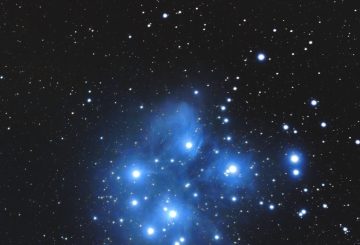Một lò đốt rác thải thành năng lượng trị giá 730 triệu đô la được đề xuất ở Kaipara, New Zealand, đang tiến gần hơn đến hiện thực hóa. Nhà máy này, nơi sẽ đốt rác từ Auckland và Northland để sản xuất điện, có thể là nhà máy lớn nhất của đất nước. Việc xây dựng có thể bắt đầu trong vòng hai năm, theo Thị trưởng Kaipara Craig Jepson.
Jepson đang thúc giục chính phủ theo dõi nhanh quá trình phê duyệt cho nhà máy. Hội đồng quận Kaipara đang làm việc với South Island Resource Recovery Limited (SIRRL), một công ty thuộc sở hữu đa số ở nước ngoài, để xây dựng nhà máy. Cơ sở này có thể hoạt động vào năm 2028.
Giám đốc hội đồng quản trị SIRRL Paul Taylor cho biết thị trưởng Auckland và Northland đã yêu cầu công ty cung cấp dữ liệu cho một nghiên cứu khả thi về một nhà máy năng lượng từ chất thải tiềm năng ở Đảo Bắc. Các bước tiếp theo sẽ được quyết định bởi các thị trưởng, tham khảo ý kiến của hội đồng và cộng đồng của họ.
Cơ sở Kaipara được đề xuất sẽ xử lý khoảng 730.000 tấn rác từ Auckland và Northland mỗi năm. Con số này gấp đôi số tiền mà một lò đốt rác thải thành năng lượng trị giá 350 triệu đô la gần Waimate ở Nam Canterbury sẽ xử lý. Quyết định về việc liệu lò đốt Waimate có được tiến hành hay không hiện đang thuộc về chính phủ.
Sue Coutt, một người ủng hộ Zero Waste, đã nêu lên lo ngại về tác động môi trường và sức khỏe của lò đốt chất thải thành năng lượng. Bà cũng bày tỏ lo ngại về việc thiếu chi tiết liên quan đến cách tiếp cận nhanh chóng của chính phủ đối với các dự án cơ sở hạ tầng lớn.
Tuy nhiên, Thị trưởng Jepson nói rằng công nghệ chuyển chất thải thành năng lượng đã phát triển trong 30 năm qua, và những lo ngại trước đó về các chất gây ô nhiễm nguy hiểm không còn phù hợp. Ông nói thêm rằng nhà máy Kaipara sẽ có những lợi ích đáng kể, bao gồm sản xuất 72MW điện hàng năm cho 165.000 ngôi nhà và 210 tấn cốt liệu xây dựng như sỏi.
Bất chấp những lợi ích này, Coutt cảnh báo rằng các công ty năng lượng chất thải quốc tế đang nhắm mục tiêu vào các quốc gia có quy định yếu, vì nhu cầu ở châu Âu đã giảm. Bà cũng nói rằng cơ sở được đề xuất mâu thuẫn với nỗ lực năng lượng tái tạo của Northland, vì một lượng lớn nhiên liệu hóa thạch được sử dụng để đốt rác.
Đáp lại, Jepson nói rằng khí đốt sạch sẽ được sử dụng để bắt đầu đốt Kaipara, sau đó sẽ được duy trì bởi năng lượng do chính rác tạo ra.



























































